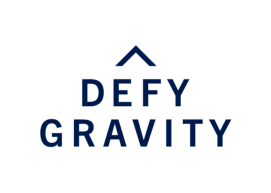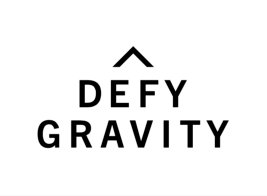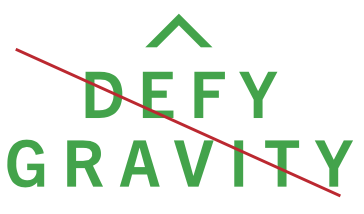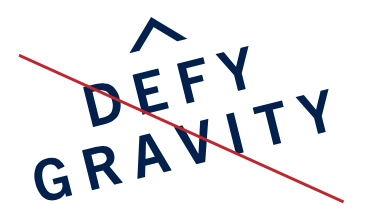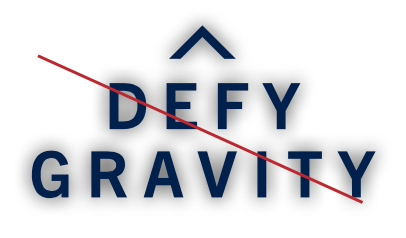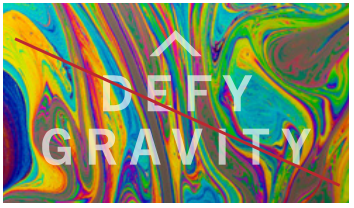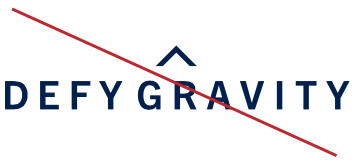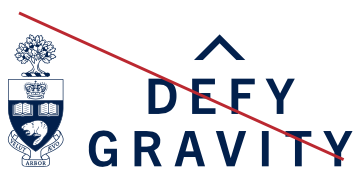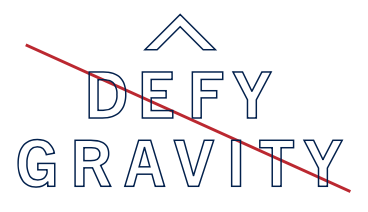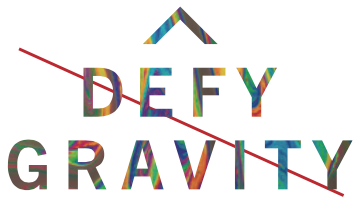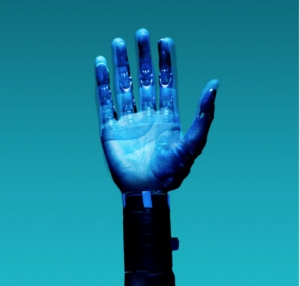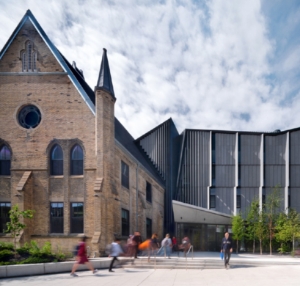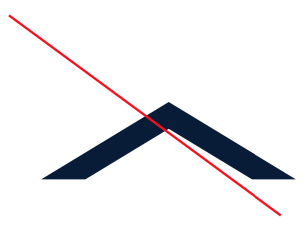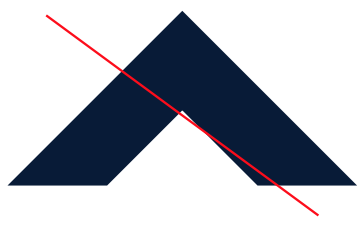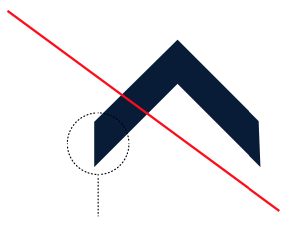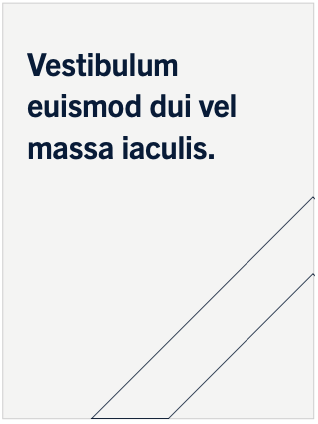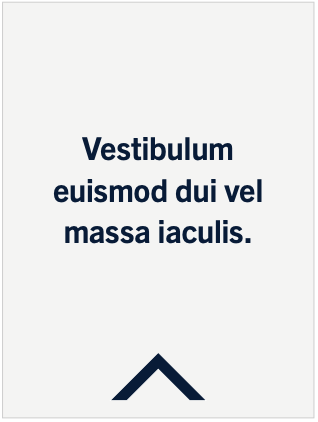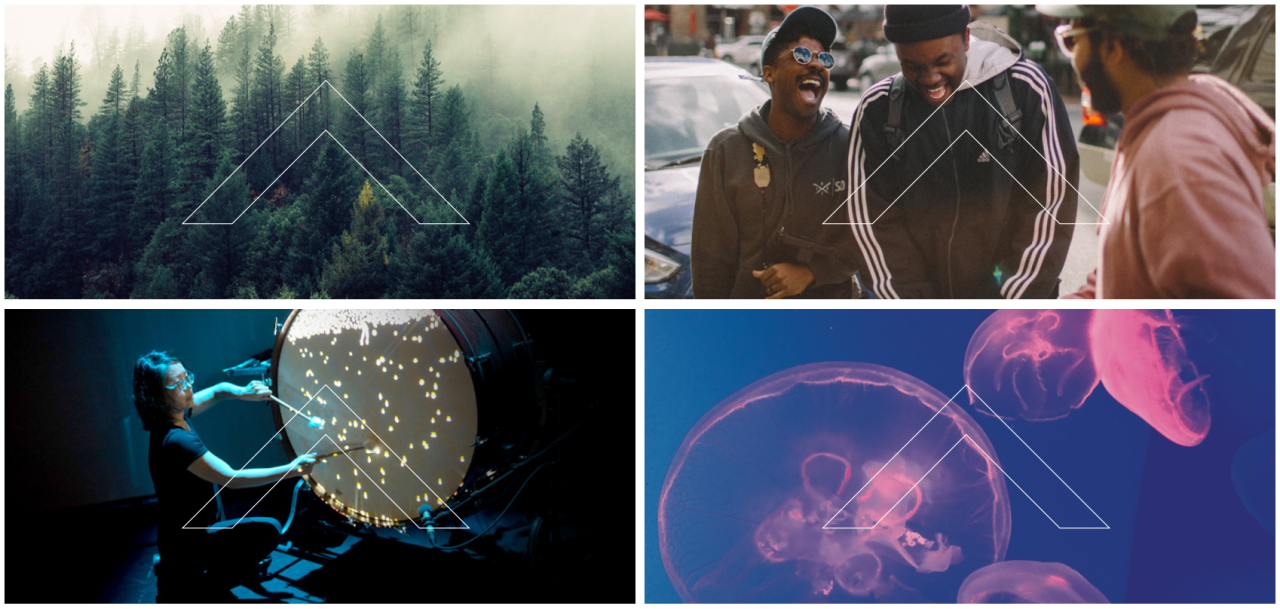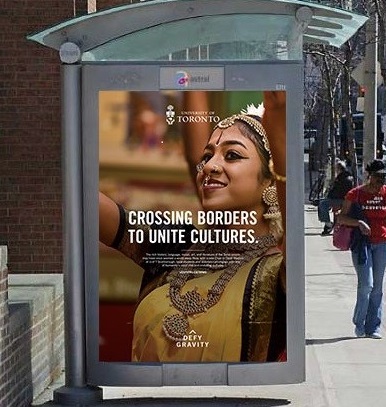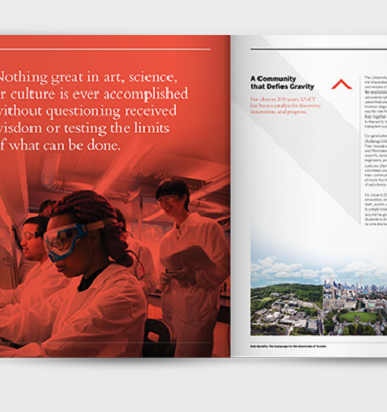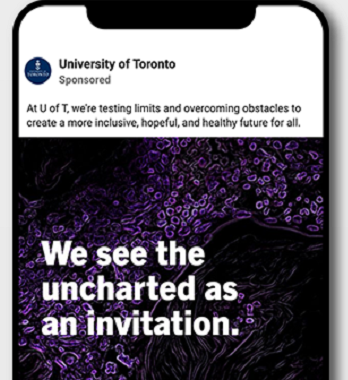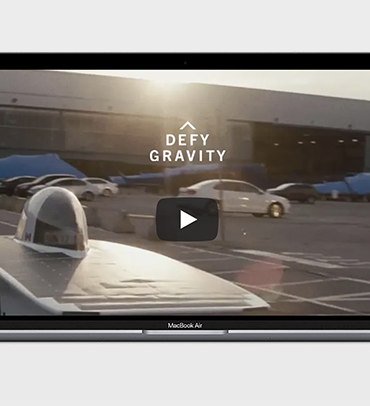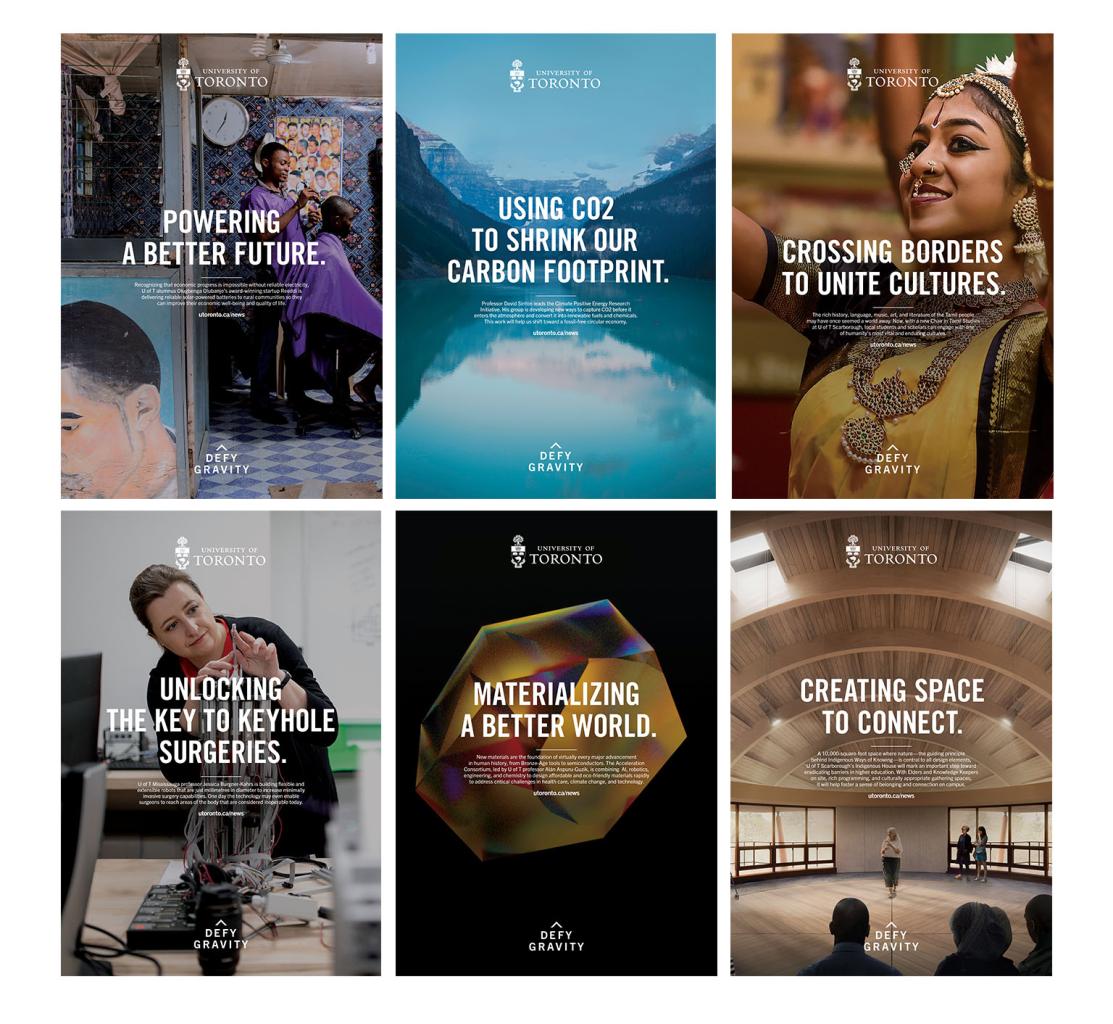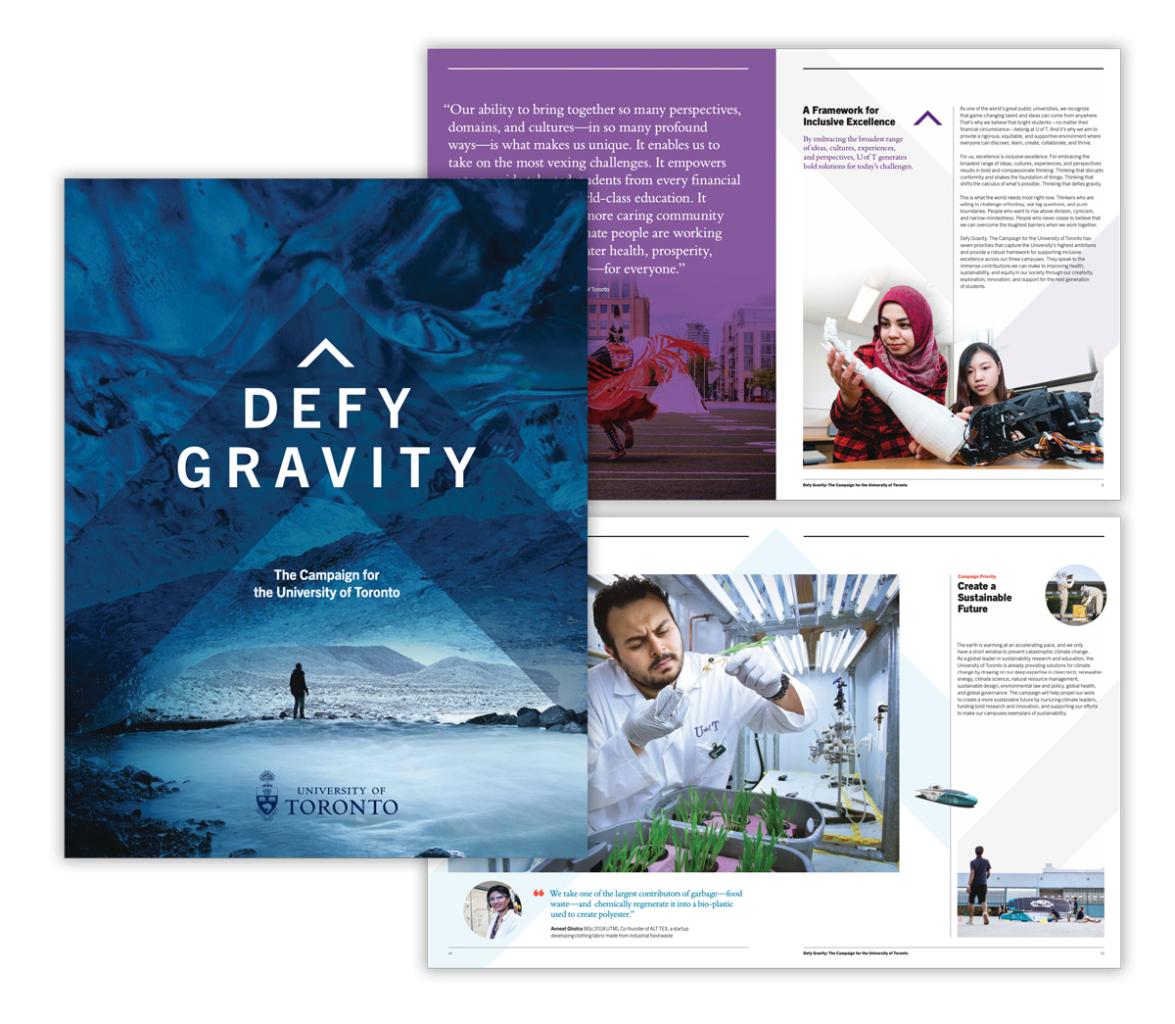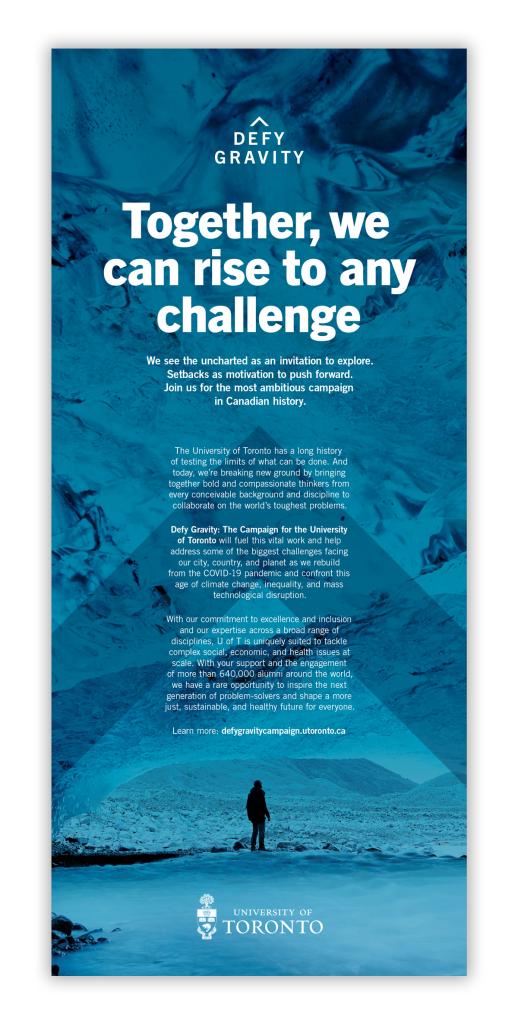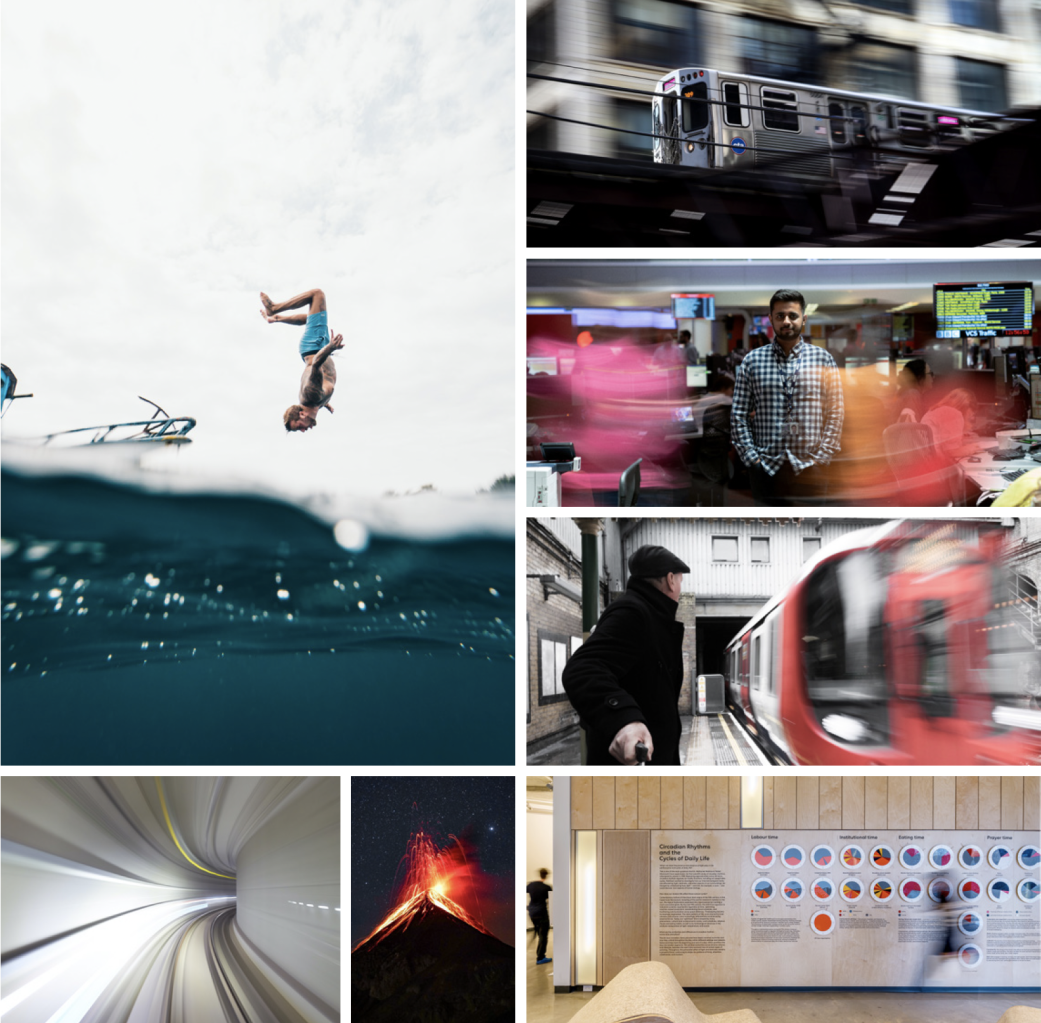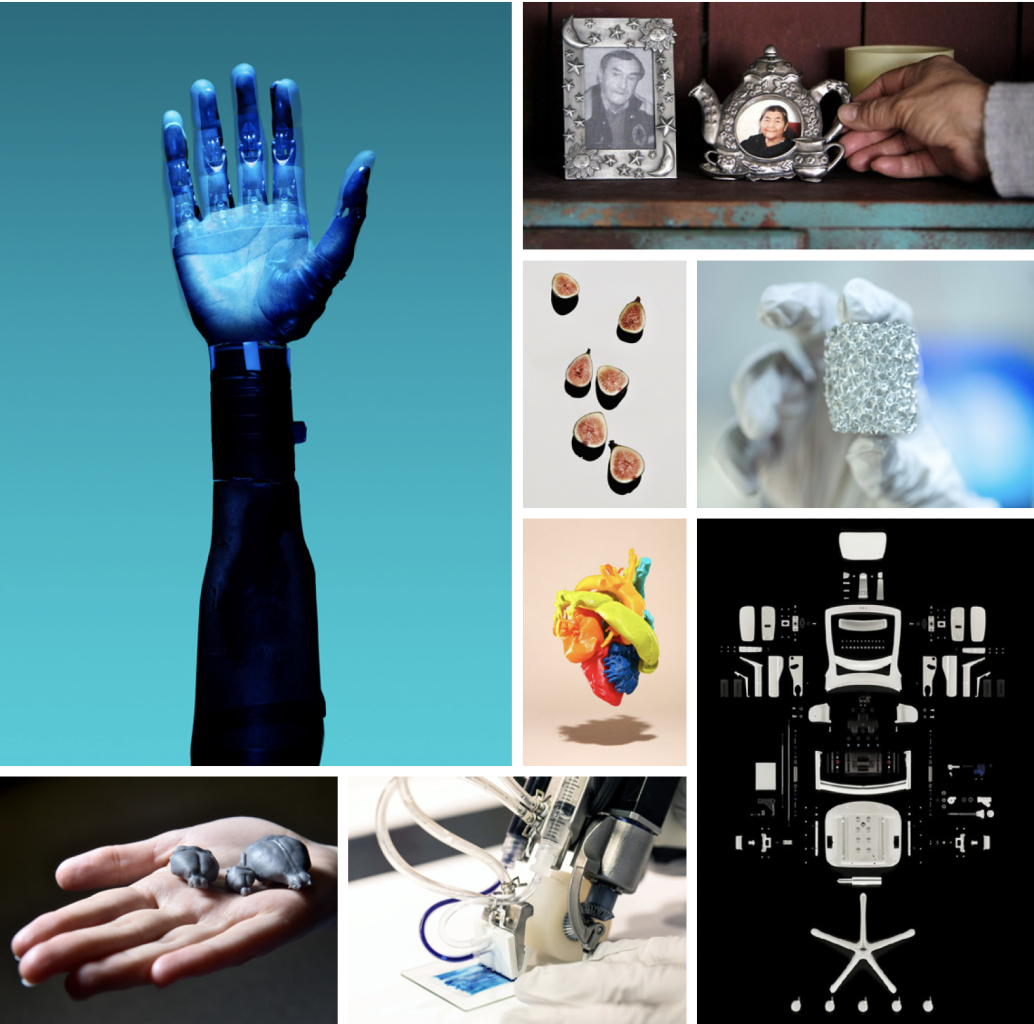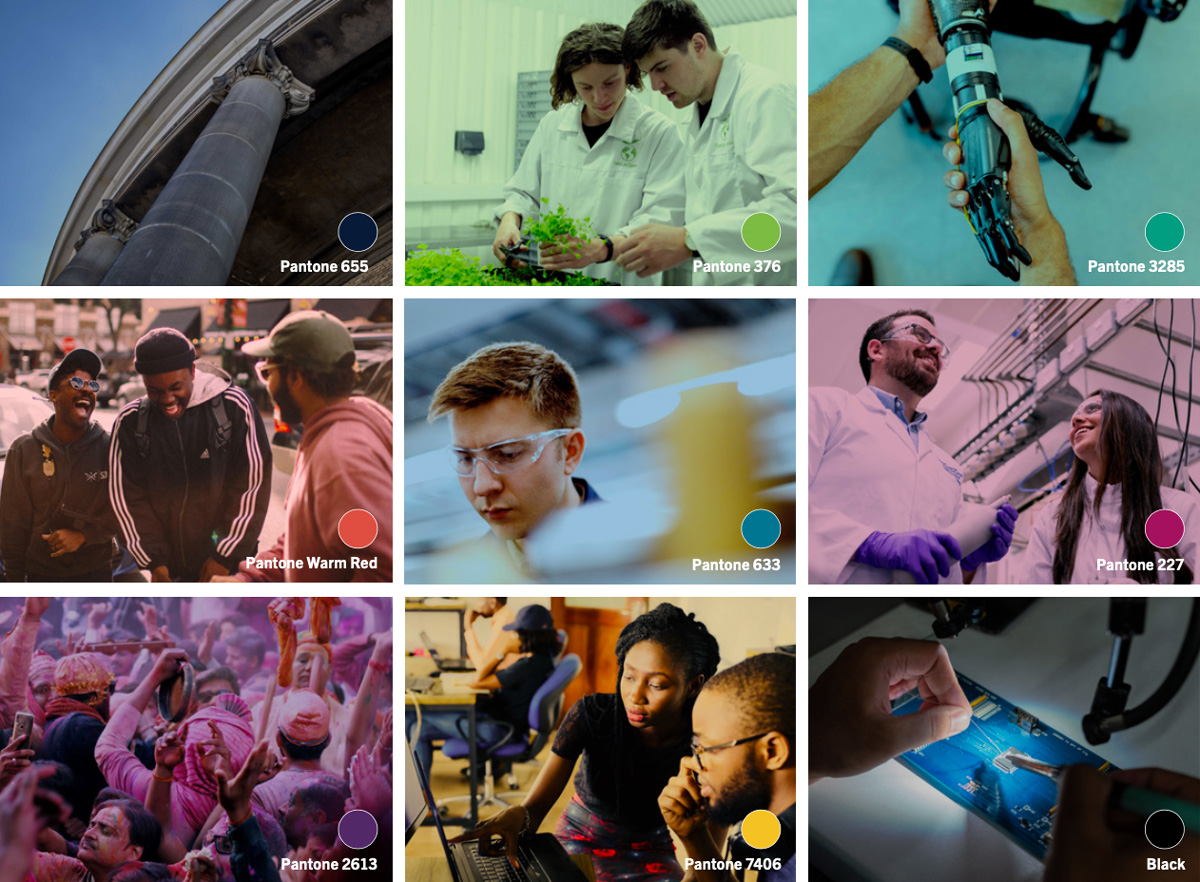When developing copy, please keep the following top of mind:
Speak to Impact
We aim to inform but also inspire with our stories. Make sure the impact of what you’re describing is tangible and relatable. Don’t leave the reader wondering, so what?
Write In an Active Voice
It’s clearer, requires fewer words, and centres copy around the doer, helping us celebrate who did something—an inspiring student, researcher, award winner, etc. —as well as what they did.
Active:
U of T researchers were the first to uncover GhostNet—a massive cyber-espionage network.
Passive:
GhostNet—a massive cyber-espionage network—was first uncovered by U of T researchers.
Keep Copy Free of Hyperbole
Be judicious with words like revolutionary, groundbreaking, game-changing, breakthrough, etc. Don’t overpromise and claim we're going to cure something or solve a global problem like climate change. While that may be our goal, our audience includes people who will scrutinize every word and expect them to be backed up with evidence. Say we’re working, aiming, tackling, trying, collaborating, leveraging our breadth and depth across disciplines, etc.
Favour Optimism
The world faces many grave challenges, and it’s tempting to dwell on the negative. As much as possible, we want to present an optimistic vision for the future. Focus on how our students and faculty are addressing these issues.
Keep Your Audience in Mind
Always put yourself in the shoes of your audience. Is it a Facebook or transit shelter ad or a room full of astrophysicists? Prospective donors or prospective students? Don’t presume people outside the University will understand academic terms and titles, but don’t talk down to readers either. Use smart, everyday language.
Be Clear and Concise
Focus on the single most important message you are trying to convey, and remove anything distracting or unnecessary. Avoid jargon or insider language that might alienate the reader.
Community Over Institution
When possible, use direct quotes from U of T community members (i.e., real students, faculty, staff, and alumni) to tell honest Defy Gravity stories and our institutional voice to support the narrative. We don’t take credit for people’s accomplishments—U of T is fortunate to support this great work.
But Be Judicious With Quotes
If you're using quotes, make sure they have a purpose and don't repeat information but elevate or advance it. If they contain jargon or errors, paraphrase them rather than using too many square brackets, which are confusing to readers. In general, always use double quotation marks except for headlines and quotes within a quote.
Don’t Overuse the Words “Defy” and “Gravity”
We’ll be telling many stories of how the U of T community is defying gravity metaphorically, but use the phrase itself sparingly and don’t stretch it by using related phrases like “float above,” “defy the laws of physics,” etc. You can easily describe how our community defies gravity without ever using those words in body copy.

